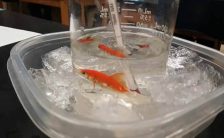Search results for: “car”
-
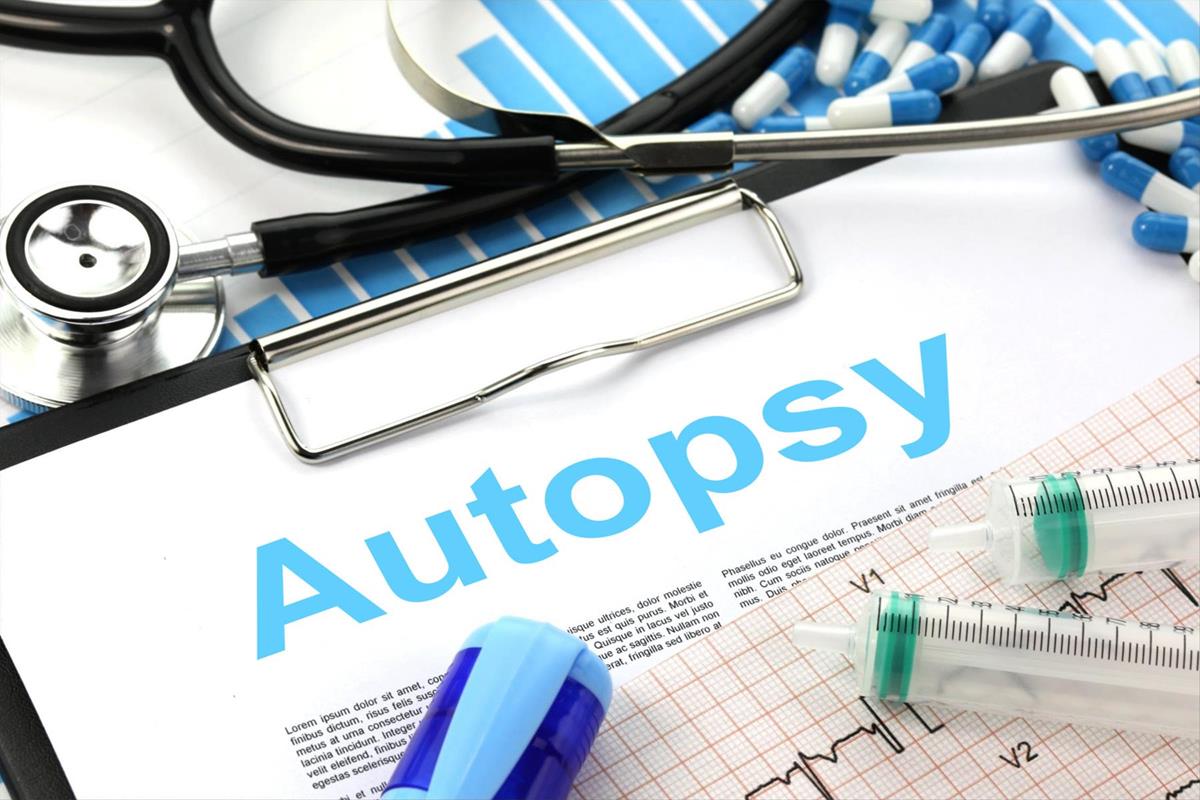
What Is an Autopsy?
A short article about autopsies and medical examiners intended for students in anatomy. Students read a detailed description of an autopsy and answer questions that require close reading
-
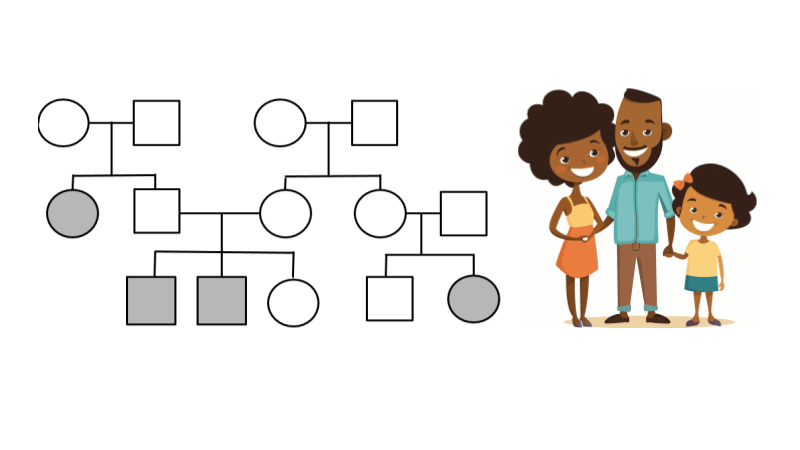
Analyzing Human Pedigrees
Examine pedigrees to determine carriers in a family and inheritance patterns.
-
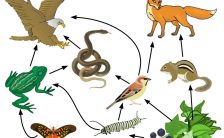
Food Web: Identify Consumers
Food webs are basic concepts in biology and ecology, where students learn the concept of energy flow in an ecosystem by viewing models of food webs. This labeling worksheet asks students to identify the primary, secondary, and tertiary consumers in a forest ecosystem. A food web is a representation of the complex interrelationship between…
-

Practice Genetics: Sex Linked Genes
Students learn basic Mendelian genetics by crossing traits from fruit flies and pea plants. In this extension, students can practice doing crosses that involve sex-linked traits, where the alleles are located on the X chromosome which affects the pattern of inheritance. This worksheet is designed for beginning biology students, as it provides in most…
-
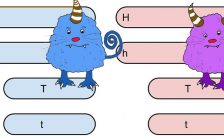
Modeling Independent Assortment & Dihybrid Crosses
Students examine how two traits are inherited, revealing that each allele has an equal chance of being passed on to the next generation, the principle of independent assortment.
-
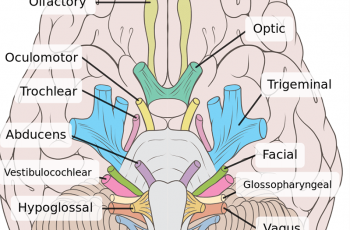
How to Learn the 12 Cranial Nerves
Learn the 12 cranial nerves with this simple mnemonic and coloring worksheet, appropriate for high school anatomy students.
-
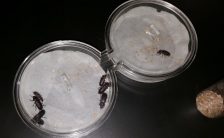
Investigation: Habitat Selection in Flour Beetles
This activity was modified from an Advanced Placement Investigation for use with freshman classes. The instructions are clear and require students to examine data and create a graph. Then students collect their own data using Choice Chambers and can choose which variables they would like to test: wet vs dry, water vs vinegar, light…
-
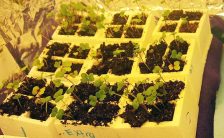
Inquiry in Genetics Using Wisconsin Fast Plants
Genetic Experiments can be intimidating for teachers due to the time and cost of breeding plants or animals in a classroom. These issues are further complicated in a public school setting which may have space issues, limited funds, and lack of access to labs. My favorite model for genetic experiments is the Wisconsin Fast…
-
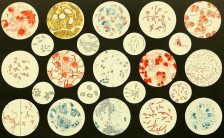
Activity: Which Disease Is the Worst?
In this activity, students work in groups to read about different types of diseases and ultimately rank them from the least dangerous to the most dangerous. There is no actual right answer to this, and the cards are designed to foster discussion and provide a basic overview of the types of pathogens that cause…
-
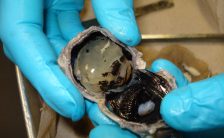
Cow Eye Dissection
Students dissect a cow eye as part of a unit on anatomy or the senses. This guide contains step by step instructions on how to cut the eye and identify the major features. Cow eyes can be purchased from Amazon or biology supply companies. You can also use sheep eyes, which are slightly less expensive.…
-
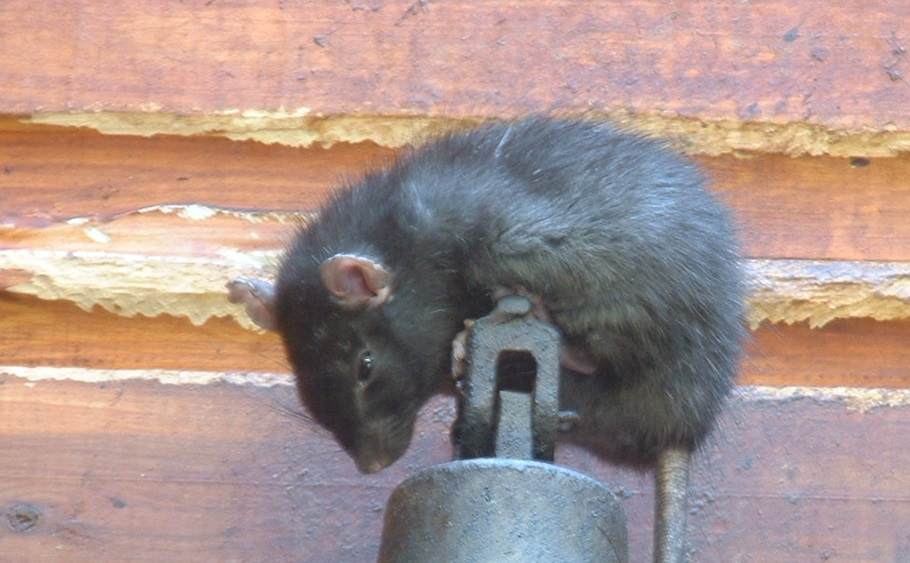
Investigation: Rat Dissection
Provides instructions for dissecting a preserved rat. Students start with the external anatomy, then locate muscles, bones, and then the major organs.
-
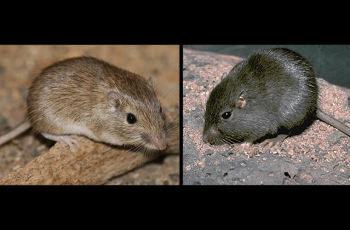
Evolution and the Rock Pocket Mouse (HHMI)
This activity was modified from the HHMI Activity on color variation in the rock pocket mouse which illustrates evolutionary concepts such as fitness, natural selection, and mutation.
-
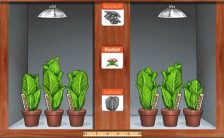
Photosynthesis Lab – How Light Color Affects Growth
A virtual simulator that shows how plant growth changes in response to the color of light. Students measure the heights of plants grown under different colors.
-
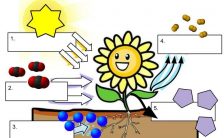
How Does Photosynthesis Work?
This handout can be used with a lecture on photosynthesis, where students label the main features of the light-dependent reaction and the Calvin cycle.


